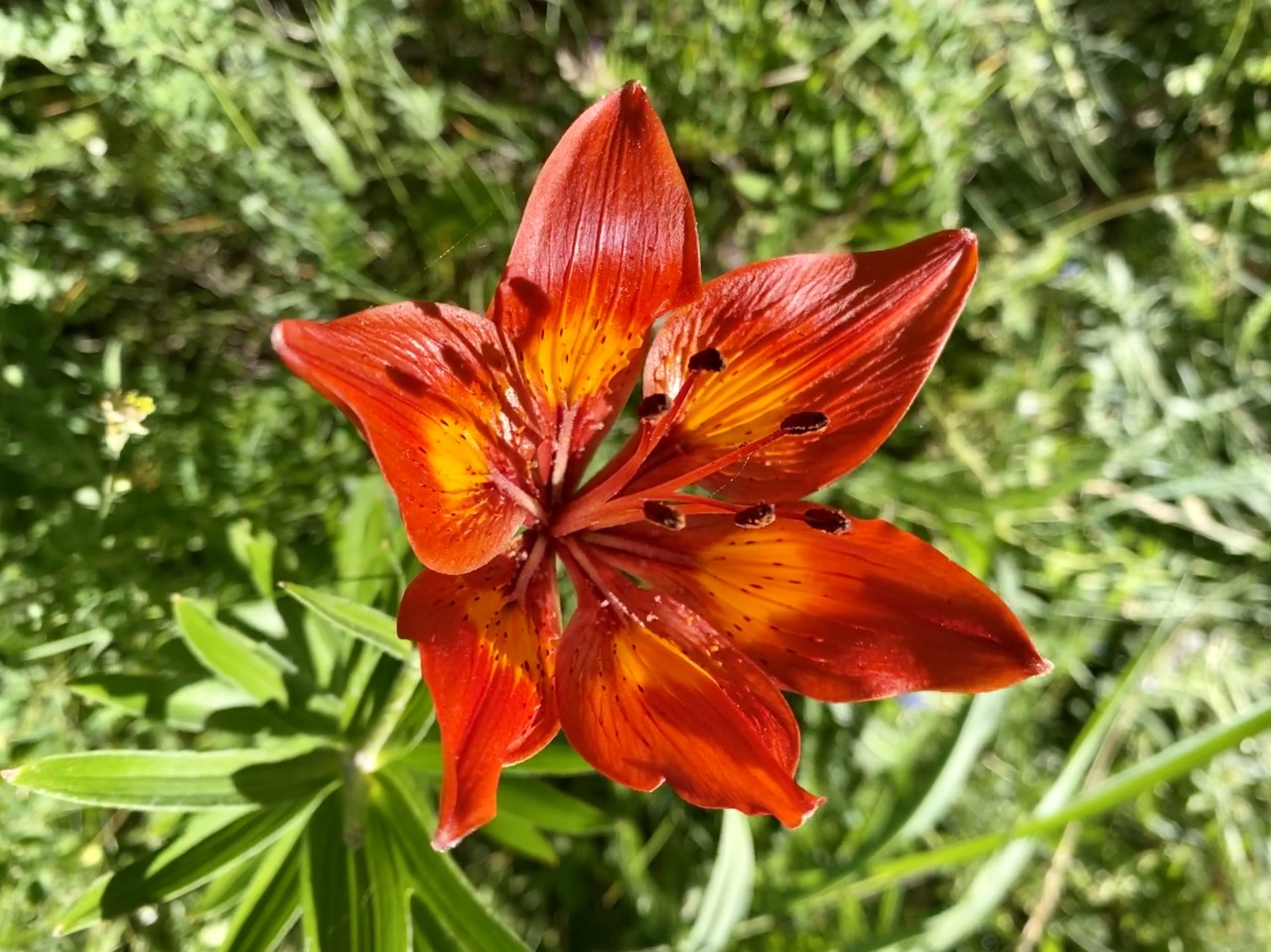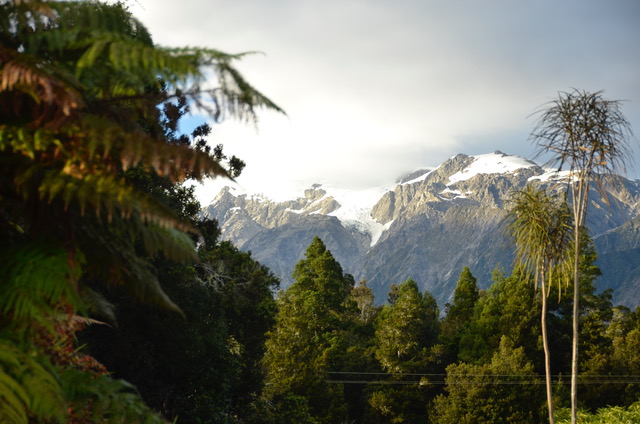How nostalgia lifts the mental load of lockdown
I got a head start preparing for the upheaval in our lives this past year, and it’s helped me cope with not being able to travel home for the holidays.
A few years ago I experienced an individual “lockdown” while recovering from minor knee surgery. Sitting for long periods on my outdoor deck with little to do, my mind wandered back to the last time I had seen old college friends in Toronto. And forward to the time I would see them again.
Yes, I’m ashamed to admit, to be party to the same stories told over and over again, ad nauseam, about the few short years we spent together so long ago. Nostalgia has that kind of pull. But why?
Making the best of that time away from the office after my surgery, before home and office teamed up to erase the still- visible line separating our professional and private lives, I became better acquainted with nostalgia.
I read books, talked to historians and social psychologists, and likely drove my family, good friends, and office colleagues a little mad pointing out their nostalgia anytime they started a sentence with “remember when…”.
I eventually found a receptive listener in Susan Misicka, the host of our podcast, The Swiss Connection. Susan wanted to hear my story, to learn what I had discovered about nostalgia’s origins, and to understand how nostalgia comforts us, bridging the distance between ourselves and our loved ones.
And she was keen to discover the Swiss connection.
I’d be thrilled to count you as a listener to our deep dive into nostalgia. The first of three parts is now available (click on the link below or look for The Swiss Connection wherever you get your podcasts).

More
Hear Swiss science stories for the world on our podcast ‘The Swiss Connection’
In my previous newsletter, I wrote how pianist Andreas Haelfliger was inspired by his lockdown in the Alps to put his performance of Beethoven’s Hammerklavier on film. That in turn inspired some of you to tell me about your own lockdown experiences.
Having discovered the Engadine region as a place to holiday when she lived and worked in Zurich, the London resident Inna Alden has maintained her ties to the valley in southeastern Switzerland and divides her time between the Engadine and London. She kept a diary of her five-month lockdown experience, illustrated with her photographs. Here is an excerpt from each month, each inspiring in and of itself:
March: I did cross-country skiing every day, till the snow began to melt and the tracks disintegrated. First it was mainly to keep physical strength, so that the virus had a hard time to catch me. Then it was also to keep sane in isolation.
April: The lakes were freeing themselves of ice, and one could see mirror reflections in their still waters. Early Alpine flowers began to appear, making one think that things could only get better.
May: [The ibex] were eating grass, dancing, standing on hind legs and hitting each other with their powerful horns, competing for supremacy, but never actually hurting each other. I went to watch them virtually daily, taking as many photographs as possible, to get that one best shot of them looking at me with their eyes sharp in focus and reflecting the light.

June: Forest clearings and rocks were now decorated with endless bushes of Alpine roses. I could see them everywhere on my walks to a glacier or along a lake. A bright-orange Fire Lilly was a new discovery, an early summer present to me by the nature.
July: I spent two days at the Polo match, photographing the players on their amazing horses, trying to capture the movement.
Inna Alden’s diary and photographs have been published as part of the “Art in AdversityExternal link” online exhibition at the Burgh House cultural centre in the UK.
When the fog clears
Imagine waking up in a place as far as you can be from Switzerland and seeing the Alps in your backyard. That’s how Christian Dylla described his experience a few years ago when travelling across New Zealand’s south island. Reading a passage from an article I mentioned about how the weather always changes the appearance of the mountains, Christian was reminded of a trip he took Down Under with his wife in 2016.
The Canadian with Swiss roots told me about his successful effort to convince his wife to stay the night in the small community of Franz Josef/Waiau despite the wet weather obscuring all views of the surrounding peaks and glacier.
“We ate, then went to bed hoping the weather would get better. The next morning I got up, opened the sliding door curtains and [there was] Switzerland in our backyard.”

If you have a story about your experiences in the Alps – or Alp-like regions – do get in touch: dale.bechtel@swissinfo.ch

In compliance with the JTI standards
More: SWI swissinfo.ch certified by the Journalism Trust Initiative

You can find an overview of ongoing debates with our journalists here. Please join us!
If you want to start a conversation about a topic raised in this article or want to report factual errors, email us at english@swissinfo.ch.